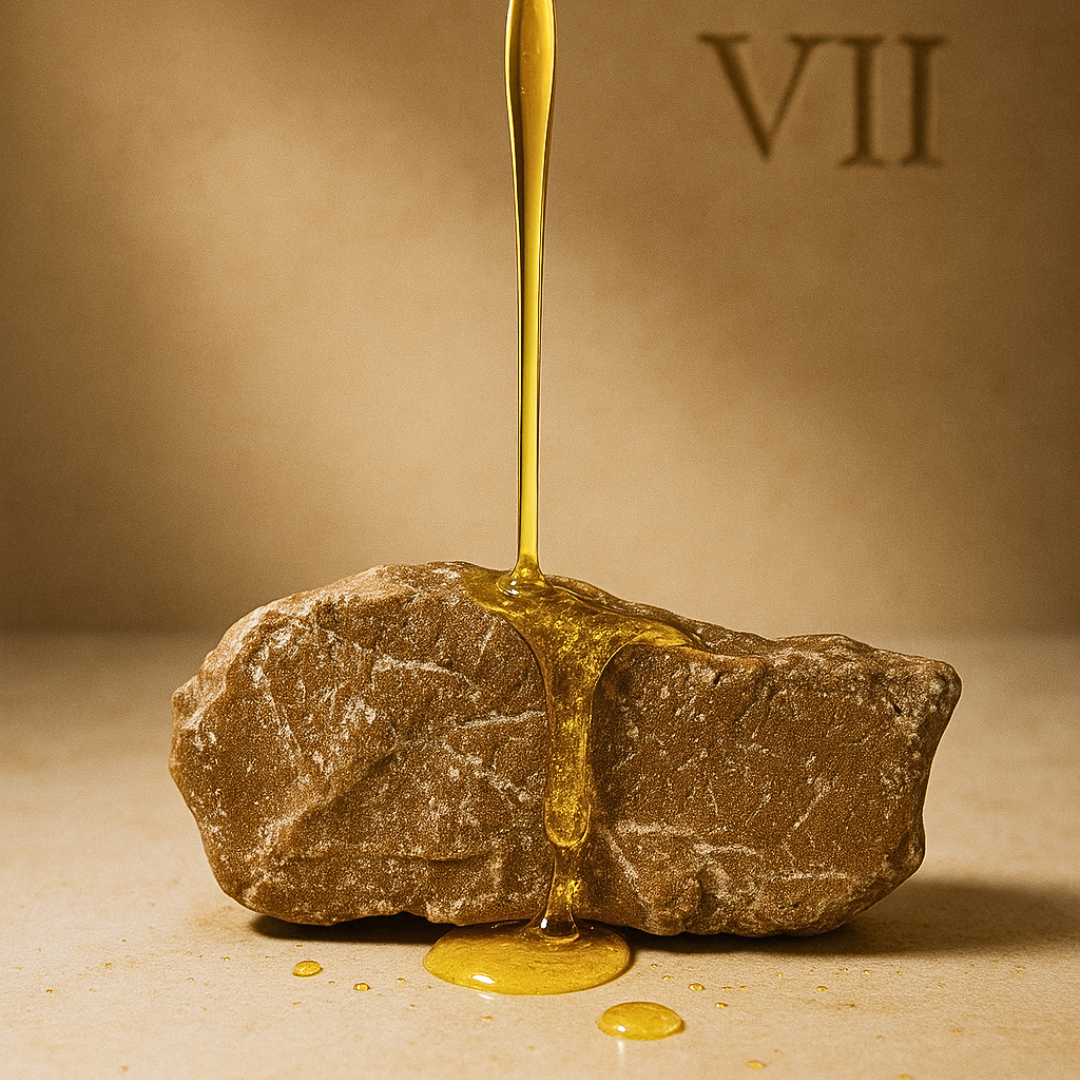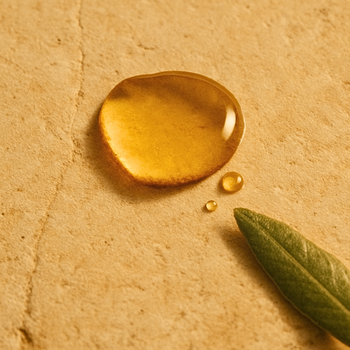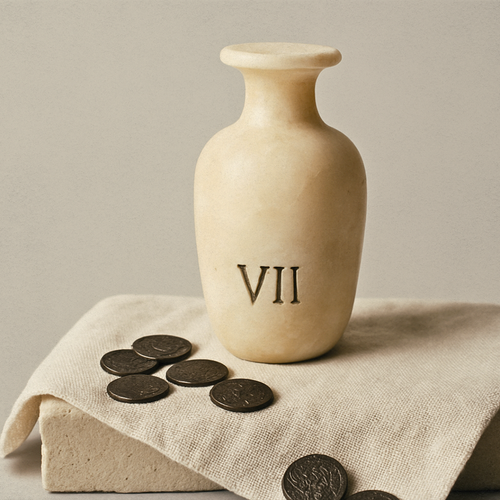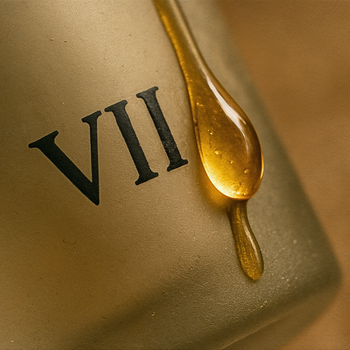Sacra Renovatio: The Rite of Nightfall




Closing Reflection
To anoint the skin with Sacra Renovatio is to participate in a dialogue between epochs — one that links the Roman apothecary’s jar to the modern dropper. Each application is less an act of luxury than a reaffirmation of balance: a nightly ritual that extends the oldest human promise — that renewal awaits those who prepare for it.
References
Mentions almond and rose oils in domestic and cosmetic use.
Documents resin-oil mixtures as topical restoratives.
Analysis of unguentaria residues identifying almond and resin oils near the Stabian Baths.
“The Role of Gamma-Linolenic Acid in Skin Health,”Prostaglandins, Leukotrienes & Essential Fatty Acids, 70(3), 199–207 — Describes GLA’s biochemical role in epidermal structure and recovery.
“Topical Evening Primrose Oil for Atopic Dermatitis: A Systematic Review,”Journal of Dermatological Science, 94(2), 243–250 — Confirms GLA’s efficacy in skin barrier restoration and inflammation reduction.
Originally published: September 2025 – Sapientarium Chronicle III




